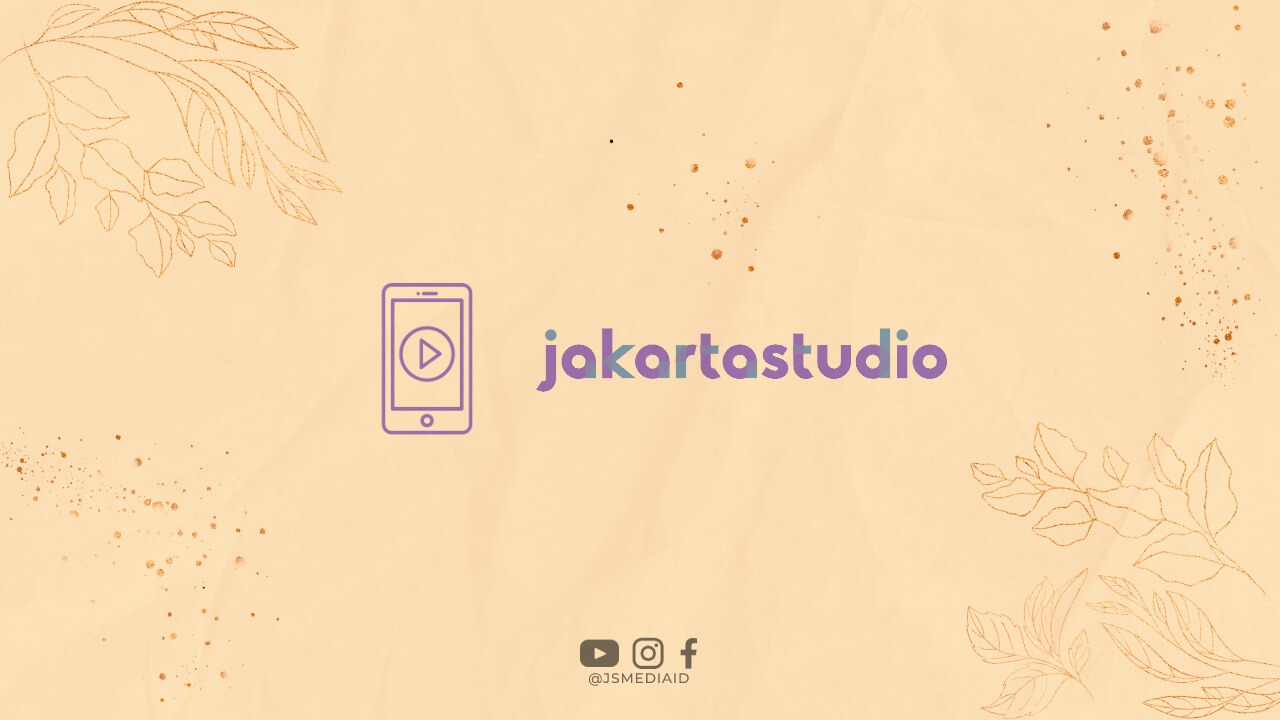When it comes to childbirth, there are many decisions to make, including whether to opt for delayed cord clamping and cord blood banking. Both practices have gained popularity in recent years, and parents-to-be often wonder if they can do both. In this article, we will explore the possibilities and benefits of combining delayed cord clamping and cord blood banking.
What is Delayed Cord Clamping?
Delayed cord clamping is the practice of waiting for a few minutes after birth before clamping and cutting the umbilical cord. This delay allows for an increased transfer of blood from the placenta to the baby, providing numerous health benefits.
Research has shown that delayed cord clamping can lead to higher iron levels in infants, which is essential for their overall development. It also helps in preventing anemia, improving immune system function, and reducing the risk of respiratory distress syndrome.
What is Cord Blood Banking?
Cord blood banking involves collecting and storing the blood from the newborn’s umbilical cord and placenta. This blood is rich in valuable stem cells, which can be used in the treatment of various diseases, including certain cancers, blood disorders, and immune system deficiencies.
The process of cord blood banking typically involves the collection of the cord blood immediately after birth, followed by its preservation in a cord blood bank. The stored stem cells can be accessed if the need arises for medical treatment in the future.
Combining Delayed Cord Clamping and Cord Blood Banking
Now, let’s address the question at hand – can you do both delayed cord clamping and cord blood banking? The answer is a resounding yes! These two practices are not mutually exclusive and can be performed together, allowing you to reap the benefits of both.
The process of delayed cord clamping usually involves waiting for about 1-3 minutes after birth before clamping and cutting the cord. This window of time is more than sufficient for the collection of cord blood for banking purposes. Therefore, healthcare providers can easily perform both procedures without any issues.
The Benefits of Combining Both Practices
By combining delayed cord clamping and cord blood banking, you provide your newborn with the best of both worlds. Delayed cord clamping ensures that your baby receives an extra boost of blood, oxygen, and vital nutrients from the placenta, promoting their overall health and well-being.
Simultaneously, cord blood banking allows you to preserve the valuable stem cells present in the cord blood, which can potentially save your child’s or a family member’s life in the future if they develop certain medical conditions.
Moreover, by opting for both practices, you actively participate in advancing medical research. The donated cord blood can be used for scientific studies and the development of new treatments, benefiting not only your family but also others in need.
Consulting Your Healthcare Provider
While it is possible to combine delayed cord clamping and cord blood banking, it is essential to discuss your plans with your healthcare provider. They can provide you with personalized advice based on your medical history and current circumstances.
Your healthcare provider will guide you through the process and ensure that both procedures are performed safely, maintaining the health and well-being of both you and your baby.
Conclusion
Delaying cord clamping and opting for cord blood banking are two valuable practices that can have significant benefits for your newborn. The good news is that you can do both without any conflict. By allowing a few extra minutes for delayed cord clamping, you can still collect and preserve the cord blood for future use.
Remember to consult with your healthcare provider to discuss your plans and ensure a smooth and safe experience for you and your baby. By combining delayed cord clamping and cord blood banking, you are providing your child with a healthier start in life and the potential for future medical advancements.

